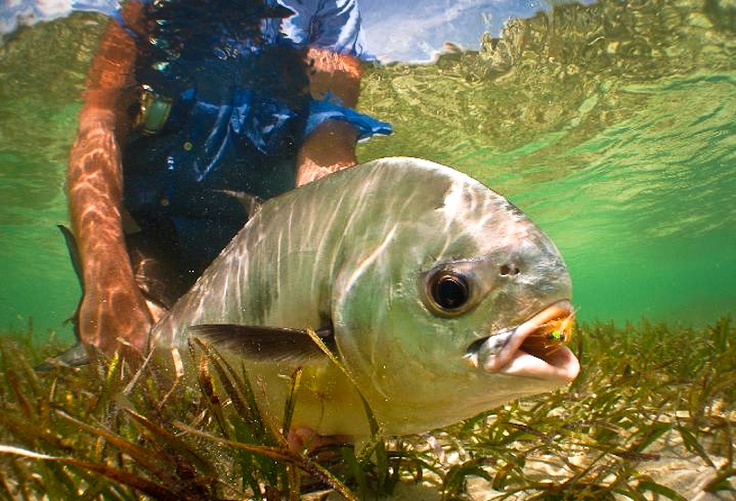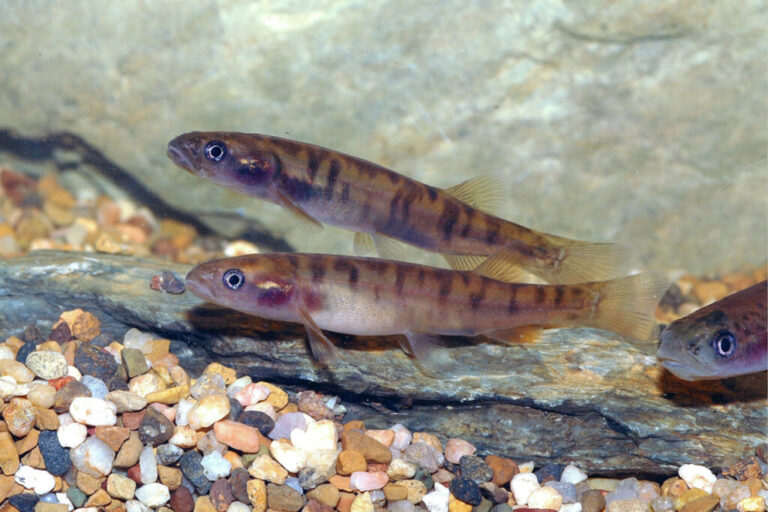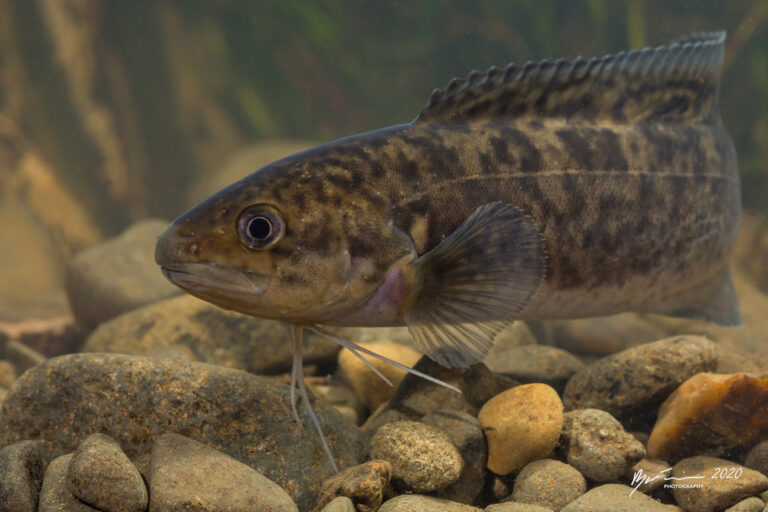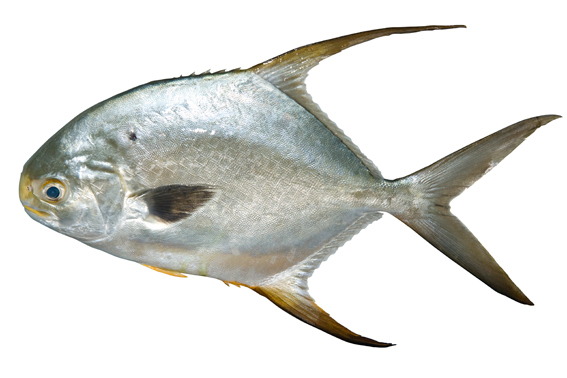
There are two different sub-species of Australian permit, Trachinotus Blochii and Trachinotus Anak. Considered one of the worlds premier light tackle game fish and fly fishing targets, it was many years before these fish came to prominence in Tropical Australian waters.
Simply referred to as anaks and blochiis, the first is larger and essentially an inshore fish found around coastal sand flats and beaches and is said to be a little more elusive, while the latter is smaller and can be found in deeper waters and ocean flats. Both species, however, are smaller than the better known Atlantic Permit, or Trachinotus falcatus.
Trachinotus blochii can be encountered near tropical sandy beaches and sand flats from north of around Geraldton in WA across the top end and south to around Brisbane, as well as Lord Howe and Norfolk Islands. Trachinotus anak can be found along many of our sandy tropical beaches from Moreton Island in south east QLD right across the top end to around Shark Bay in WA).

A deep bodied brilliantly silver fish washed with golden yellow which intensifies over the base of the anal fin and lower lobe of the large powerful forked tail. They have a small mouth and a broadly rounded ‘snub’ snout that gives rise to their local name of snub nosed dart. Blochii is topping out at 110 cm and around 16 kg whilst anak is larger and essentially an inshore fish found around coastal sand flats and beaches and is said to be a little more elusive.
Morphological differences between the Australian permit species and the “real” Atlantic permit are quite small. The local species has slightly longer anal and dorsal fins with yellow colouration and black edges, a rounder head and shorter mouth, but otherwise appear virtually identical to Atlantic permit.
Estuary mouths are prime territory in far North Queensland, but they also like open surf beaches, headlands, sheltered offshore reefs, ocean reefs, coral cays, and lagoons like in Exmouth in the West. They can congregate in large schools to feed, sometimes ‘daisy chaining’ where they swim in a circular formation in schools of between 5 to 50 fish. They feed on molluscs, crabs and other hard-shelled invertebrates – they love crabs!
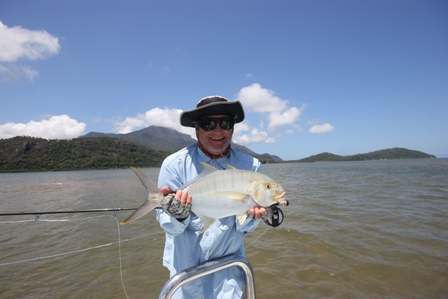
Permit require an 8 – 10wt outfit, 12-15lb fluorocarbon leaders of at least 9 feet, reels with super smooth drag system.
Suitable flies are crustacean imitations, sinking, suspending and floating – depending on conditions and the fish’s feeding pattern. Crab fly or Del’s Merkin, Clousers, Floating crab, Prawn imitations, Gotchas and Crazy Charlies.
Crabs and prawns are not generally items that flee at high speed – so presentation needs to be careful and the methods of retrieve range from a stationary fly, slow or small strips and long pauses.
Both species the blocchi and anak can be found at Hinchinbrook Island.
